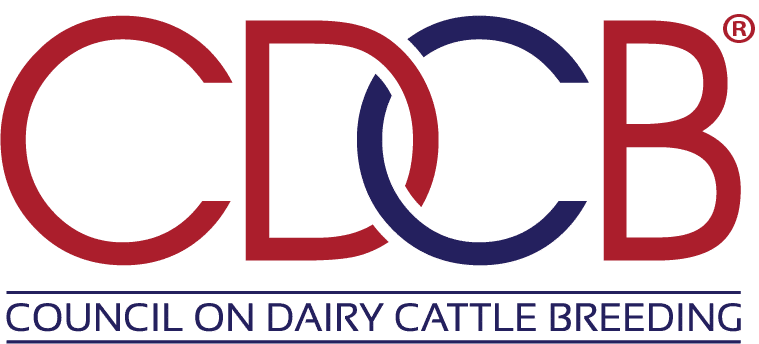Connecting With João Dürr
Written by João Dürr, Ph.D.
November 03, 2022
João Dürr reviewed the past year and described the CDCB vision in the CEO Column from the 2022 Activity Report.
IT IS STILL A GREAT TIME TO WORK FOR THE DAIRY INDUSTRY! Despite the recent challenging times, the dairy sector keeps reinventing itself to consistently fulfill its vocation of feeding the world.
We are humbled that CDCB has contributed to this process by maintaining a world-class genetic evaluation system based on the national cooperator database. This requires constant investments in human resources, infrastructure, system optimization, and most importantly in research.
In this past year, CDCB added new talents to the team, enhanced its data processing capacity and launched a completely new web user interface called WebConnect. For R&D, CDCB invested considerable resources in projects around feed efficiency, cow mobility and lameness, single-step genomic methodologies, milking speed, Johne’s disease, milk yield and components projection factors, and enteric methane mitigation – all while continuing to incorporate cutting-edge research from the USDA Animal Genomics and Improvement Laboratory (AGIL). More details on all these activities can be found within this annual report, as well as an overview of activities by the board, working groups, and our talented staff.
I dedicate the rest of this column to look ahead and share our vision for the future. Selection goals for dairy breeds should address the needs of the dairy cow, the dairy producer, the processing industry and the consumer. If we examine the history of our modern selection indices, selection was initially focused on production traits and gradually incorporated the so-called “functional traits” designed for healthier cows that stay longer in production. Selection indices also reflect the milk pricing systems, which are based on consumer behavior and historically targeted milk composition and milk quality. Today’s consumers are increasingly concerned with social and environmental impacts of food production, to the point that animal welfare and carbon footprint have gained a tangible value. Global warming has become an intercontinental priority, and cattle have been positioned as a significant contributor to greenhouse gas emissions. Despite our opinion on how much cows should be blamed for climate change, consumers expect the dairy industry to minimize methane emissions and revert the perception that cows are “bad for the environment.”
Mitigating emissions involves a series of new herd management practices, and genetics certainly plays a major role. That’s why CDCB is a founding member of the Greener Cattle Initiative, an industry-oriented research consortium that will award approximately $5 million over the next 5 years to support research to mitigate enteric methane emissions.
The 2022 CDCB Industry Meeting at the World Dairy Expo explored the question, “How do genetics impact sustainability goals?” Through perspectives of dairy buyers, dairy producers and geneticists, the meeting highlighted how much we already have done – and can do in the future – to breed more sustainable cows.
Finally, CDCB is committed to support a proposal presented to the Greener Cattle Initiative by a consortium of universities that will collect methane emission data on a comprehensive number of genotyped, lactating cows and eventually allow the development of national genomic evaluations for methane emissions.
All these projects guarantee another exciting year ahead of us to serve the dairy community!
